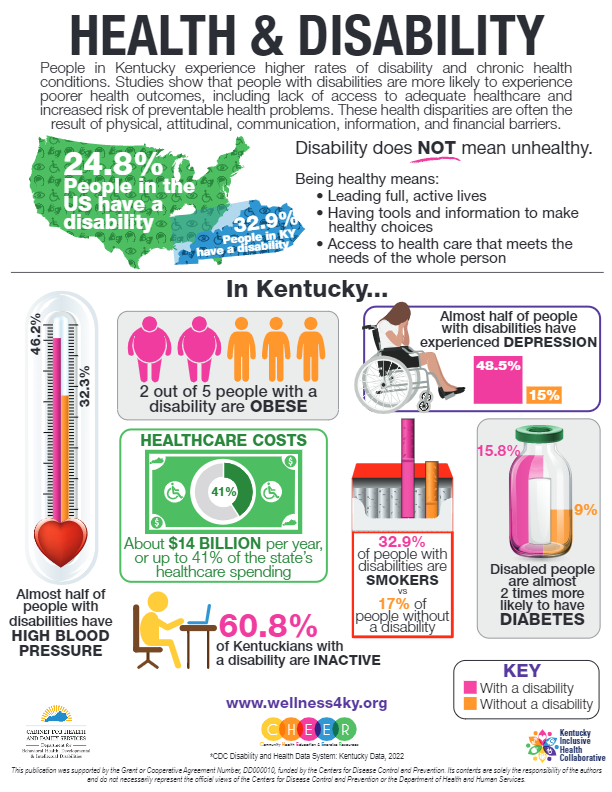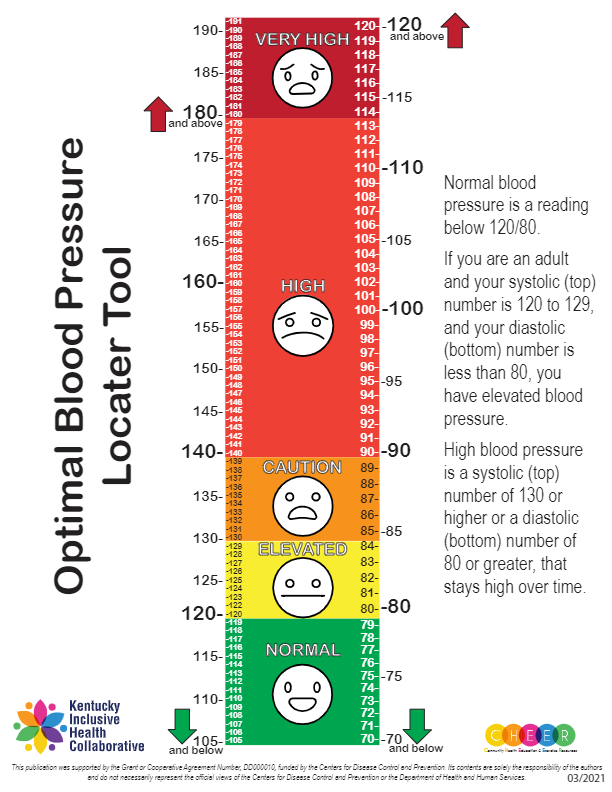
Category: Health Education

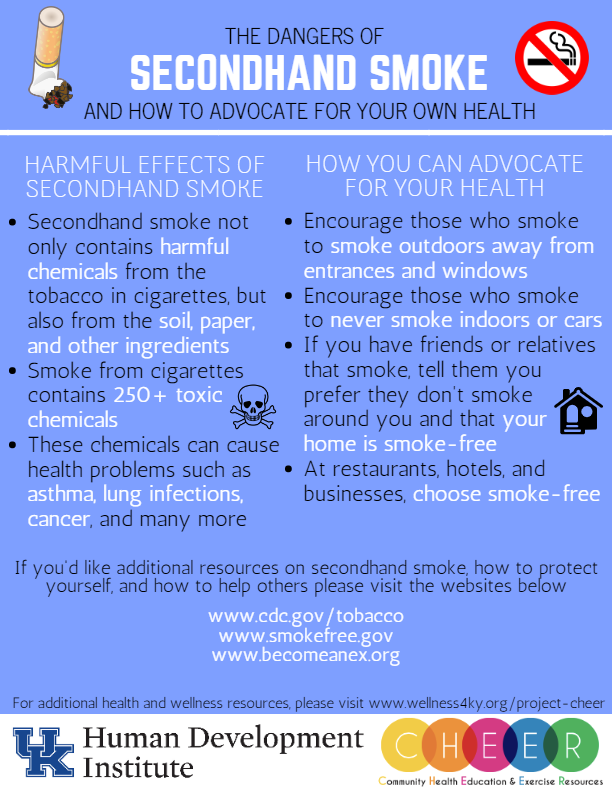
Secondhand Smoke Handout
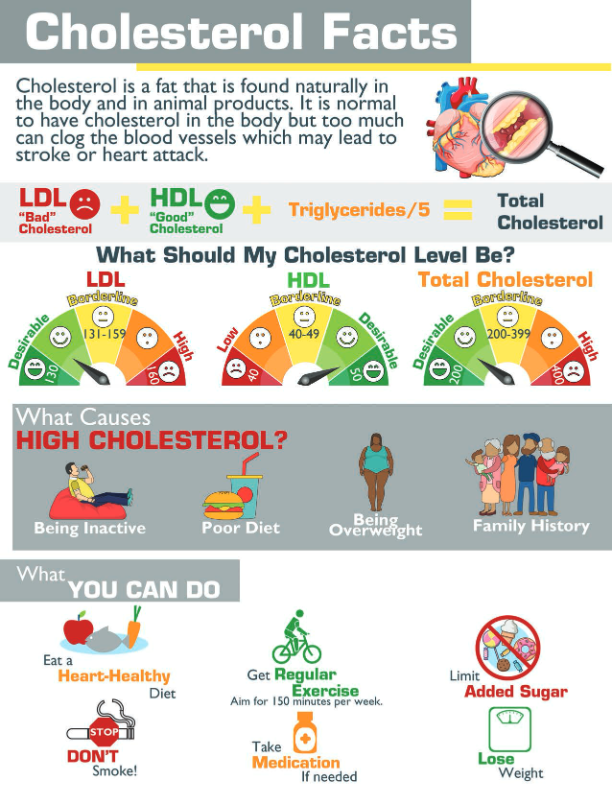
Cholesterol Facts
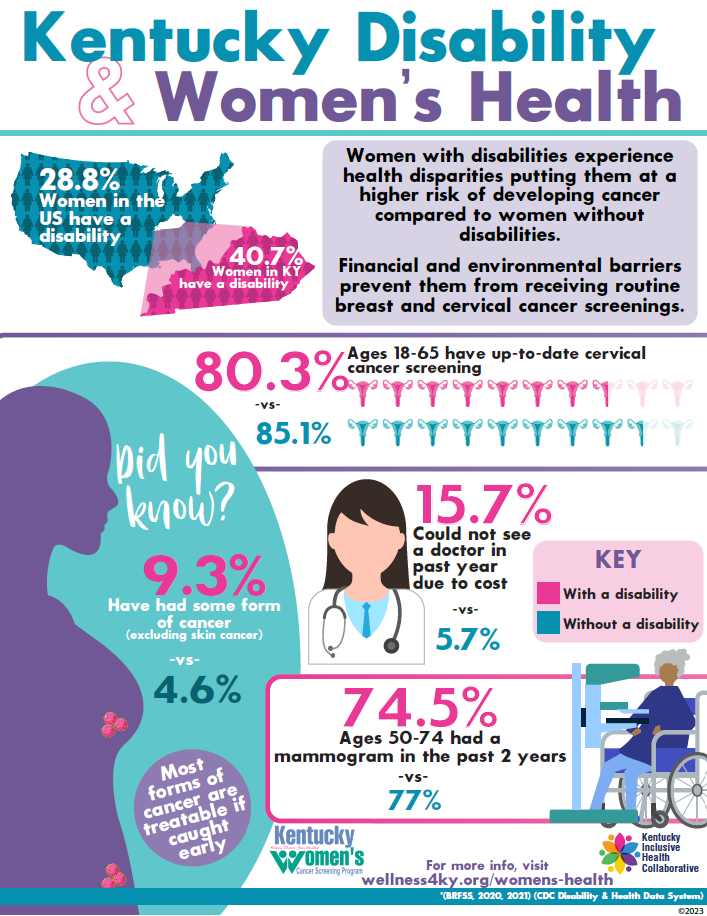
Women’s Health One-Pager
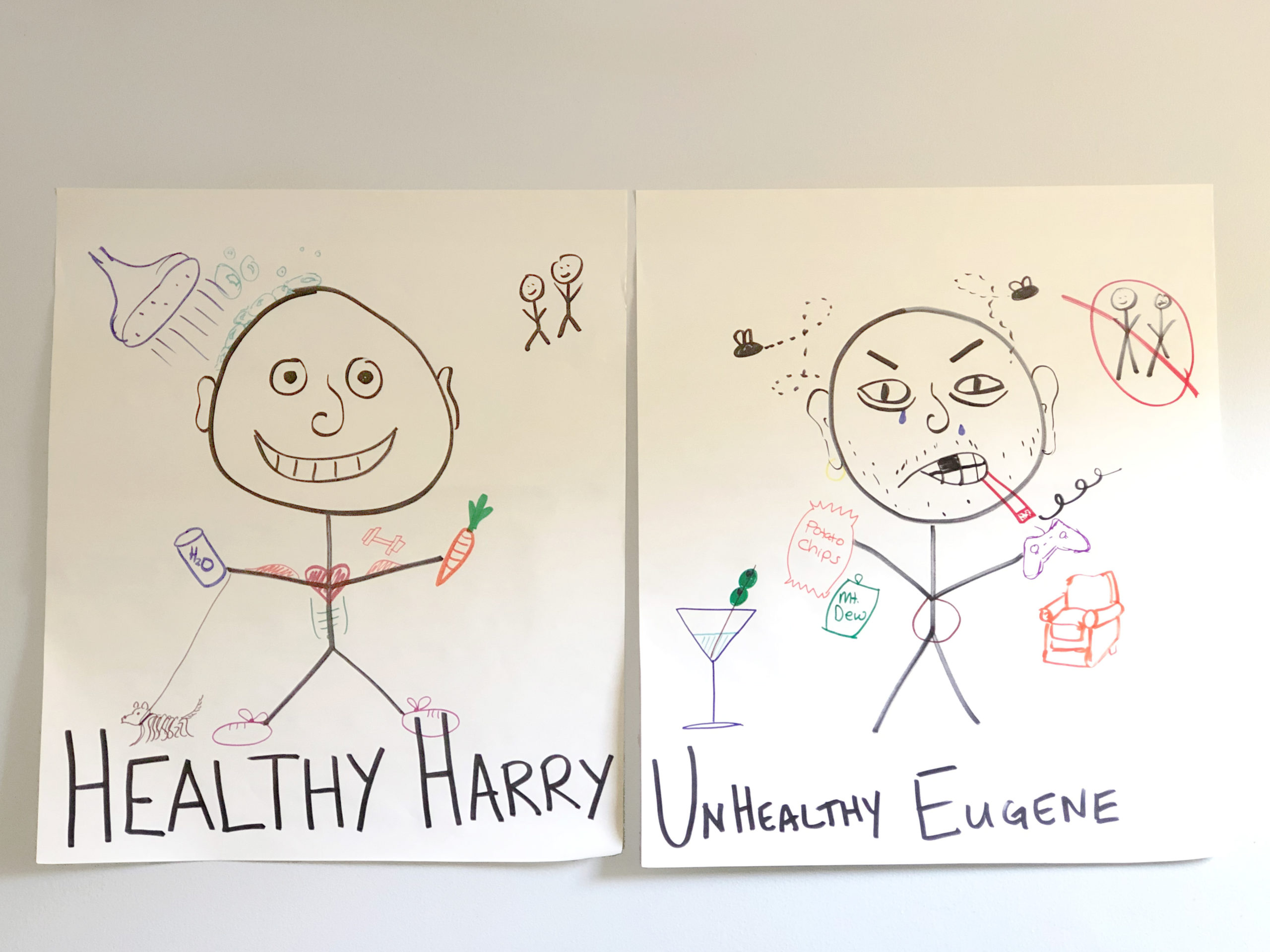
Healthy Harry & Unhealthy Eugene
Purpose: To assist individuals in identifying habits that lead to healthy vs unhealthy lifestyles in a universally designed way that accommodates individuals who may be less or non-verbal, creative or visual and express themselves through drawing, and provide your group a fun and interactive visual cue to keep referencing in future health discussions.
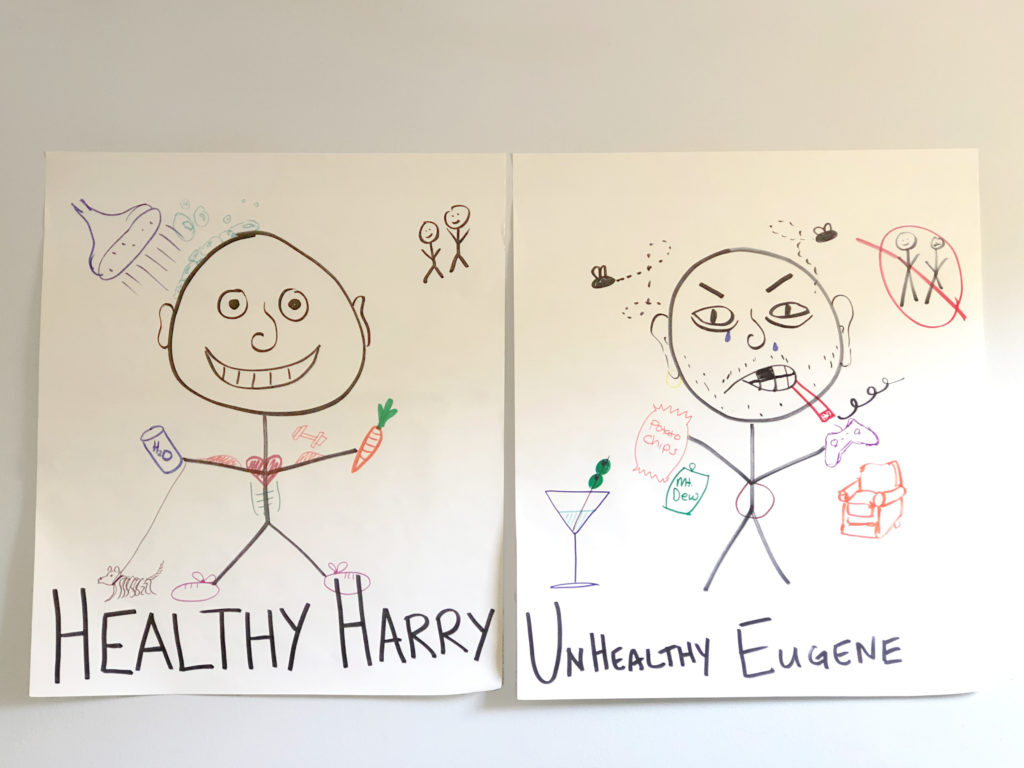
Materials needed:
- Flip chart or large paper
- Various colored markers
Instructions:
- Draw two identical stick figures consisting of a circle for the head and straight lines for the body, arms, and legs. These should be drawn on large paper for the whole group to see. Label one stick figure “Healthy Harry” and the other “Unhealthy Eugene”.
- Begin with Healthy Harry. Ask the group “What are ways we can describe Harry and some things we can draw to show how Harry is healthy?” Have those individuals draw on the stick figure a representation of their answer. Examples may include:
- Physically Active: draw sneakers on feet, large muscles, walking a dog
- Good Nutrition: fruits/vegetables/water bottle
- Positive Mental Health: a smile, some stick figure friends, ZZZZ’s for getting enough sleep
- After Healthy Harry is complete, move on to Unhealthy Eugene. Ask the group ““What are ways we can describe Unhealthy Eugene and some things we can draw to show how Eugene is unhealthy?” Have those individuals draw on the stick figure a representation of their answer.
- Examples may include:
- Physically Inactive: large belly, sitting on a couch, TV remote or video game controller
- Poor Nutrition: soda/junk food/alcohol
- Physically Inactive: large belly, sitting on a couch, TV remote or video game controller
- Examples may include:
- Unhappy or Negative Mental Health: angry/sad face, stick figures with an X over them to represent no friends
- Lack of Good Hygiene: green/black teeth, squiggles to represent body odor, dirty face/clothes
- Compare the two drawings and ask the group these questions to help promote discussion:
- “How are Harry and Eugene different?”
- “Who would you more likely want to be friends with? Why?”
- “Who do you want to be more like?”
- “What are ways Harry can help Eugene with his health?”
Adaptations: If you have participants who are not comfortable drawing themselves, ask a volunteer to draw for them.
Disability and Reproductive Justice: A Resource Binder
Pantry Tips – Healthy At Home
